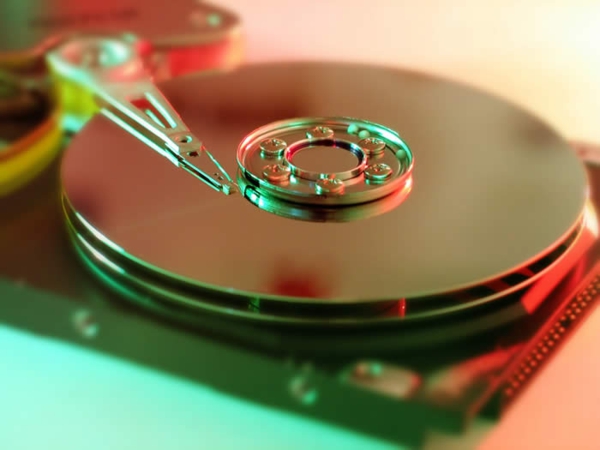You never know the value of backing up your data until your disk crashes. And it is usually after the first crash when people start to look around for a good way of backing up their data. At least that’s what I did…

The first major hard disk failure happened to me a couple of years ago when I was on the second year of study approaching the end of the semester. I lost some of my projects and had to do them all over again. Fortunately, the one project that was due two days after the crash I was able to restore.
But this taught me one important thing: Always back up your data! Always!
So don’t be like me and don’t wait for your first crash. Instead, learn how to back up your data properly, so you don’t have to worry about anything.
Setting habits
Before I start talking about software let’s talk over some habits you have to set in your life to really be able to take care of your backups properly.
All the software you’ll get will be of no benefit if you don’t create a habit of using it daily.
Probably the best approach is to take care of your backups at the end of every workday. In such a situation, the worst case scenario is that you can lose one day’s worth of work at most.
Using different physical disks
In a minute, I’m going to introduce some backing up software. This software can help you to create a full backup of your data (usually in the form of an image file) and then store it somewhere in case something bad happens.
However, if your backup is stored on the same disk as the original files then you’re not protected at all.
Always remember to use different disks for your original files and the backup. This is the only way you can be safe.
Online backups
Since it’s the era of the internet there’s another solution to all this. Instead of keeping everything on your local disk you can simply have your data backed up online.
One of the most popular online backup solutions is Dropbox. You can sign up for a free account and get up to 2GB of storage for free. Obviously, this won’t allow you to do a full backup of your data, but it’s great for the most crucial files and information (of course, you can sign up for a premium program to get more storage).
Desktop software
Let’s start with a piece of software I use every day – Synchronize It! Pretty straightforward name, right?
This tool lets you synchronize your data manually between two locations. The only thing you have to do is take care of some basic settings, select the source and the destination, and press the play button.
From my experience, this tool is perfect for backing up your data at the end of the day. It’s easy to use, has all the functionality you could ask for, and – most importantly – it’s free.
However, if you need a more powerful solution (for enterprise use, or whole system backup, for example), you can go for some premium software packages like: Nova Backup, Acronis True Image, NTI Backup Now, Acronis Backup & Recovery, or Norton Ghost. The price tags are between $29.99 and $75.
If the day comes…
So what to do if your hard disk fails one day? Depending on the software you’ve chosen you have a couple of solutions.
If you’re using a whole system backup software (like Norton Ghost) then you can have your whole computer restored from the backup image in a matter of hours.
If you’re using Dropbox then you’ll need to reinstall your system manually, and then synchronize it online through Dropbox.
In case of Synchronize It! you’ll have to install your system manually too, and then copy all your files back in place.
Whatever your scenario is, I hope that you won’t ever have to use your backup copy. Restoring your data is always stressful, no matter how well prepared you are.
Karol K. is a freelance blogger. He writes about WordPress, SEO and web development. You can find him at ThemeFuse – one of the leading theme stores online. Check out all the great premium WordPress themes they have to offer.

